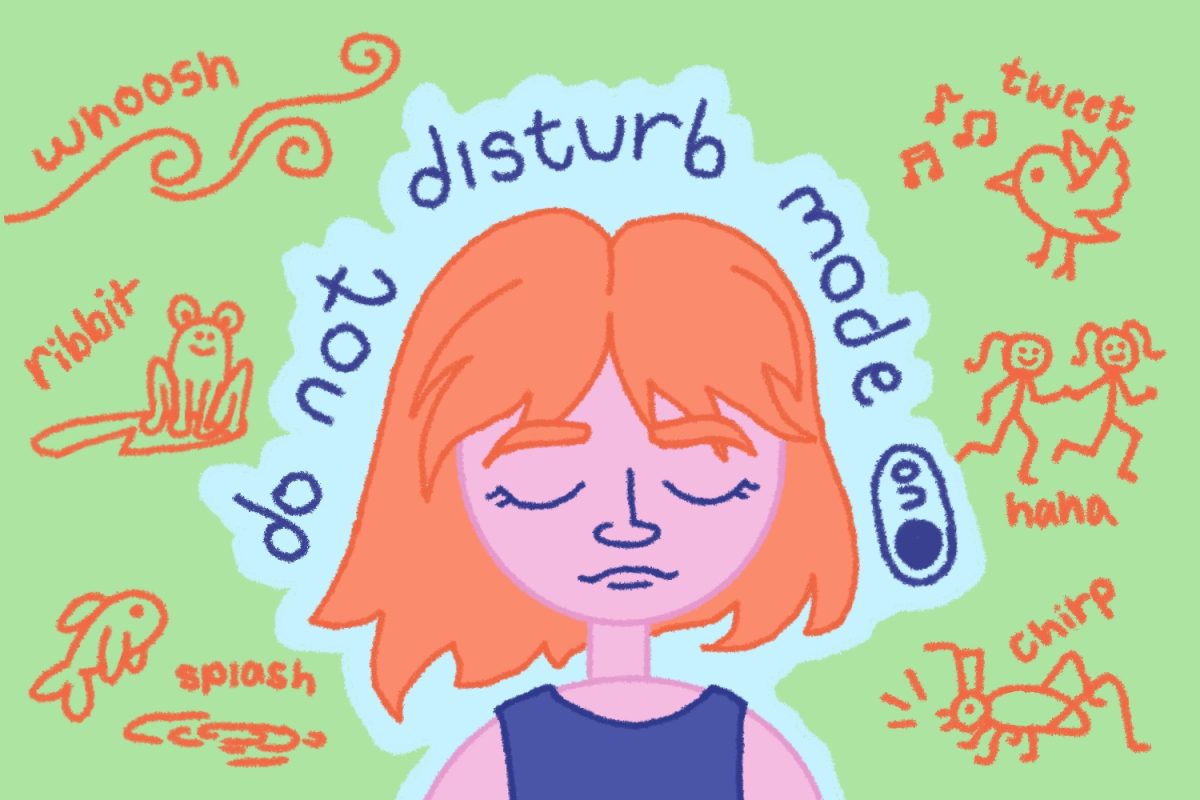Harvard University will not accept any transfer students for the next two years, a decision that has current and prospective students questioning the future of the school’s celebrated transfer program.
Harvard, which accepted 40 transfers last year, sent an email last month to the more than 1,300 applicants who believed they were vying for those spots after the Feb. 15 application date had passed, citing a housing shortage as the reason for the move.
“Following the most thorough examination of our residential housing in Harvard’s history, the Dean of Harvard College, Professor David Pilbeam, has concluded that our Houses cannot successfully accommodate any new transfer students,” said the March 20 email from the Transfer Admissions Committee.
The short email said transfer students are not allowed to live off-campus because the Harvard experience is “residential in character.”
The committee sent a longer explanation five days later, saying Pilbeam did “everything humanly possible” to see if the school could accommodate transfer students but had no choice but to turn away all transfer applicants.
“To do otherwise would serve neither new transfer students nor current students well,” he said.
Harvard said transfer applicants would be refunded the application fee and the school would accept fewer freshmen for next year.
Among Ivy League colleges, Harvard’s reputation for supporting transfer students is solid. The school’s Transfer Link Orientation Program connects former transfer students to new ones in an effort to create a smooth transition onto campus.
Harvard senior Kelsey Quigley, who transferred in fall 2006 and serves as a Transfer Link co-chairwoman, said Harvard’s temporary moratorium on transfer students worries her because the program may disappear.
“Hopefully someone . . . will still be around to remember how things have been done,” Quigley said in an email. “This program relies so strongly on student leadership . . . it will be difficult to start up again where we left off.”
Mike Kulesza, a State University of New York-Rockland sophomore, applied to Harvard as a transfer and said Harvard’s decision came as a shock. Transfer students have college experience and can contribute to a school what freshman cannot, he said.
Kulesza said he felt the school penalized him for a mistake it made, and he wasted months of work on an application that ended up in the trash.
“I did all of the work expecting to be considered.” Kulesza said, “I wanted my chance, even my chance to get rejected.”
Rejecting transfer students will not solve Harvard’s overcrowding, Kulesza said.
“Is this a veiled attempt to not take in transfer students?” he said. “With all of their money and intelligence, couldn’t they have come up with a different solution?”
Though Harvard is saying “no” to transfer students because there is no room in the dorms, other area schools plan to expand their residential space.
Boston College spokesman Jack Dunn said the college houses more undergraduates than many other campuses in the area and is in the process of adding 600 beds. However, the spots for transfer applicants depends on availability, he said, and can range from 50 acceptances to none.
Harvard’s President’s Office had no comment on the decision to cut transfers from next fall’s class, and the university’s admissions and housing directors did not return multiple calls and voicemails.


















































































































